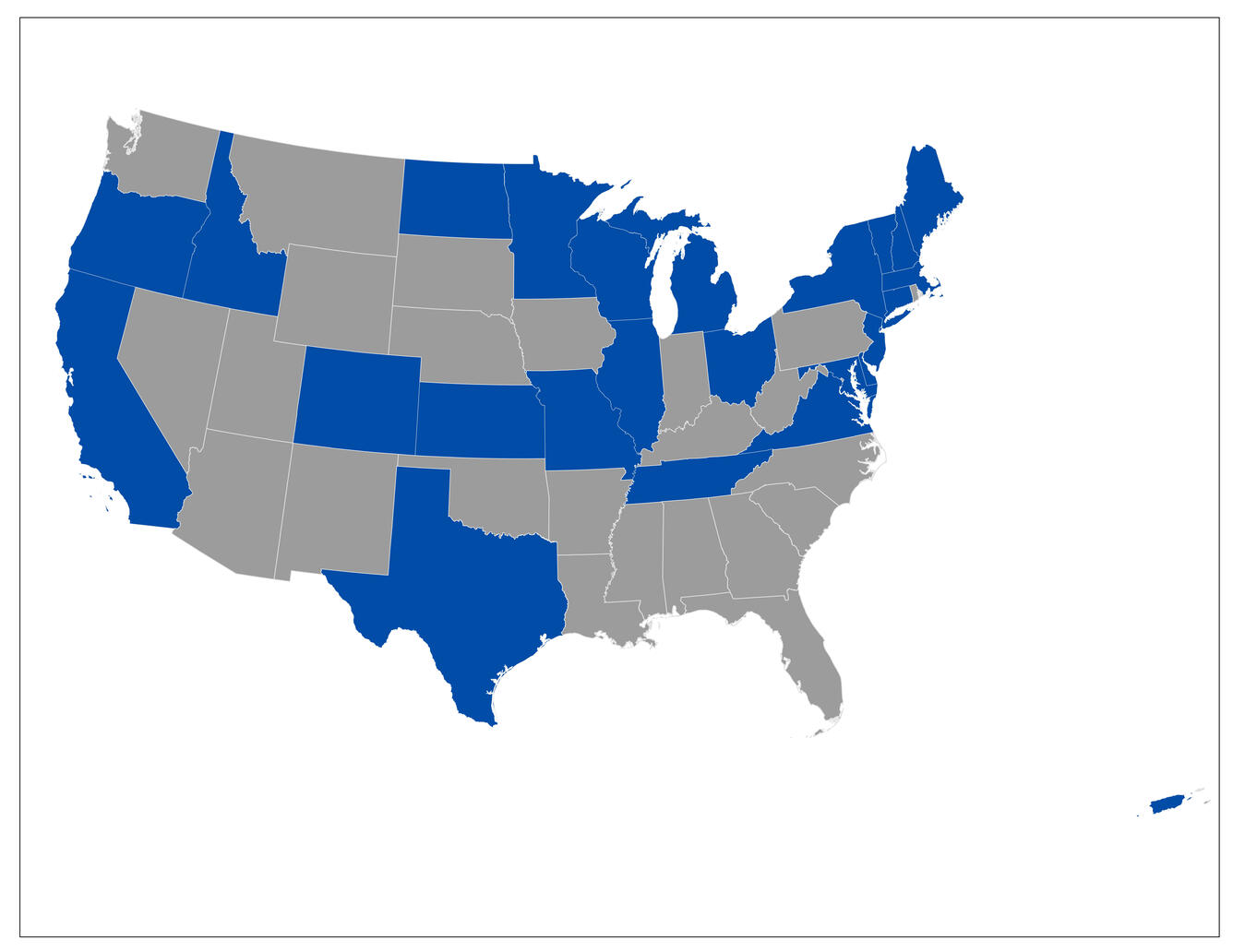Harmful Algal Bloom Funds
Harmful Algal Bloom research
Additional funding supports selected HAB monitoring and detection projects across the Nation
New projects from coast-to-coast will advance the research on harmful algal blooms (HABs) in lakes, reservoirs and rivers. Vivid emerald-colored algal blooms are caused by cyanobacteria, which can produce cyanotoxins that threaten human health and aquatic ecosystems and can cause major economic damage.


